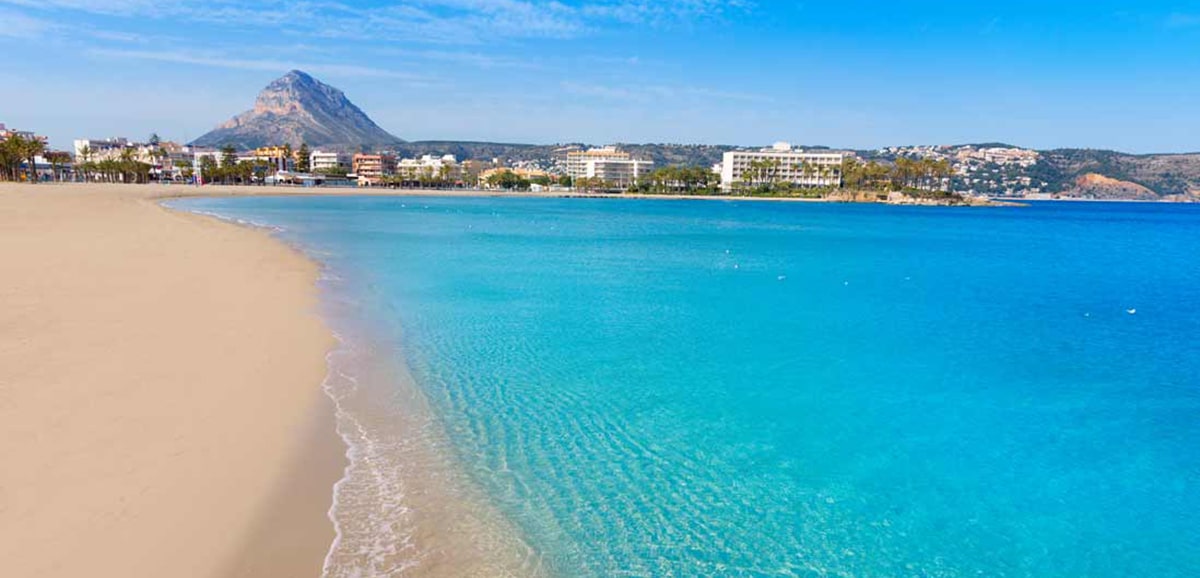
In the province of Alicante, on the north coast, is Jávea. just far away 90 kilometers from Ibiza and its temperature is super pleasant throughout the year, which is why it is a vacation destination but also many people choose it to live twelve months.
Today tourism is its main activity and the truth is that it is enough to see the photographs to understand why. What beautiful beaches! So let's discover together what to see in Javea
Jávea
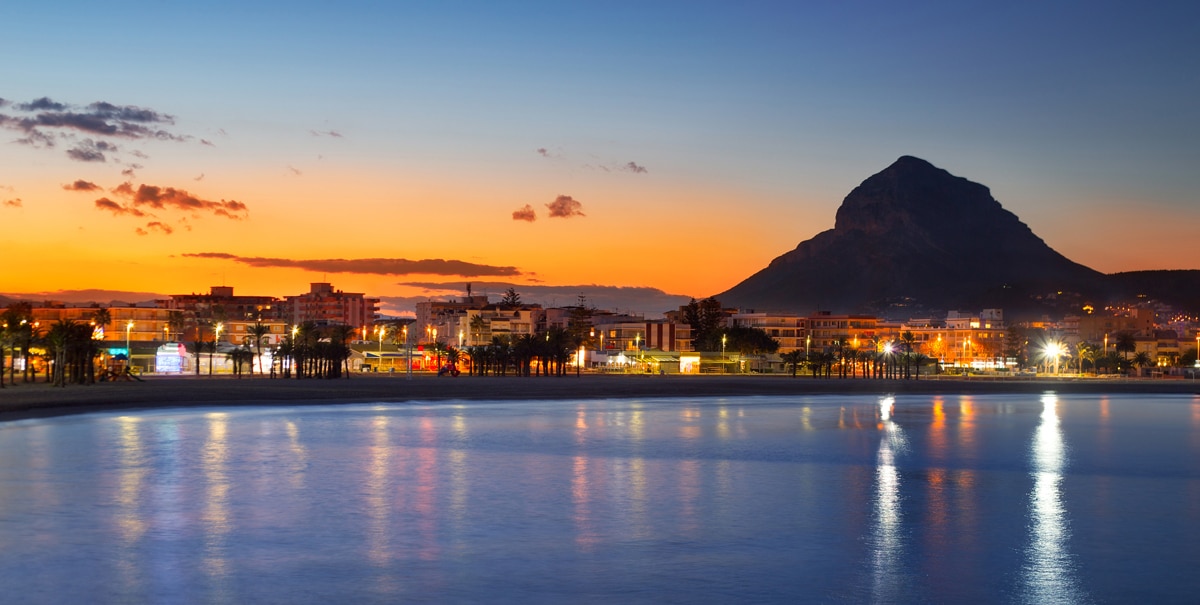
Also called Xàbia is a municipality within the Valencian Community and as we said, it is located to the north, at one end of the east coast, within the Marina Alta region. The region is crossed by a river, the Jalón or Gorgos, but it is usually dry until the rainy season begins and the water evacuates from inland.
Jávea has capes, Cabo de la Nao, for example, but also it has plains, valleys, mountains, beaches and coves.
What to see in Javea
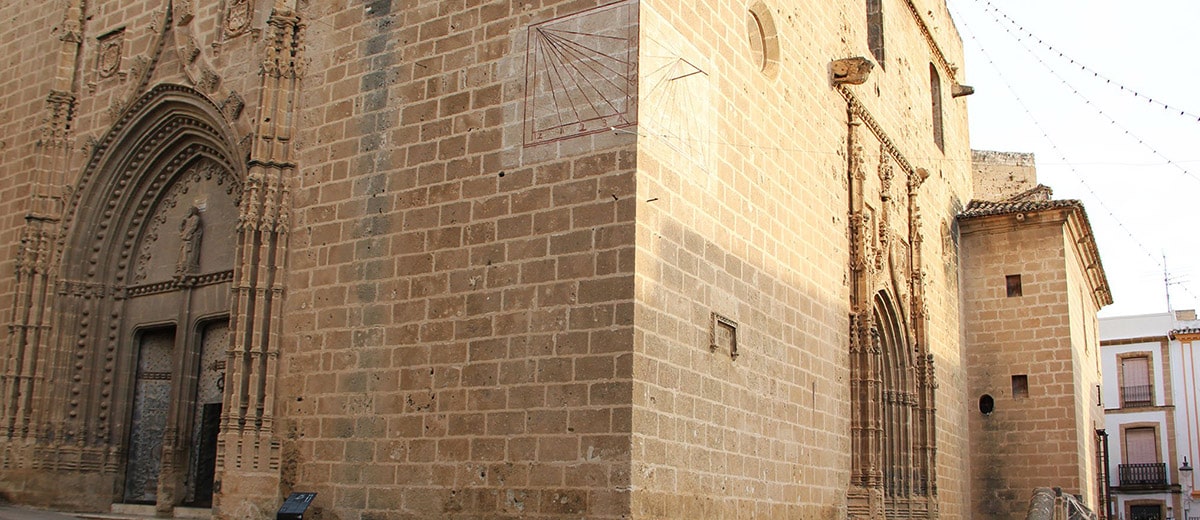
We can start with your historic helmet, a place that comes alive when daylight falls and everyone returns from the beaches. Here we can see the Fortress Church of San Bartolomé, in Elizabethan Gothic style, the Town Hall building, the old and elegant houses of the bourgeoisie or the Municipal Market of Supplies, For example.
The truth is that you can divide your visits according to your tastes: there are religious buildings such as churches, hermitages or churches, there are paths to walk and see other sites and buildings and there are also coves and beaches.
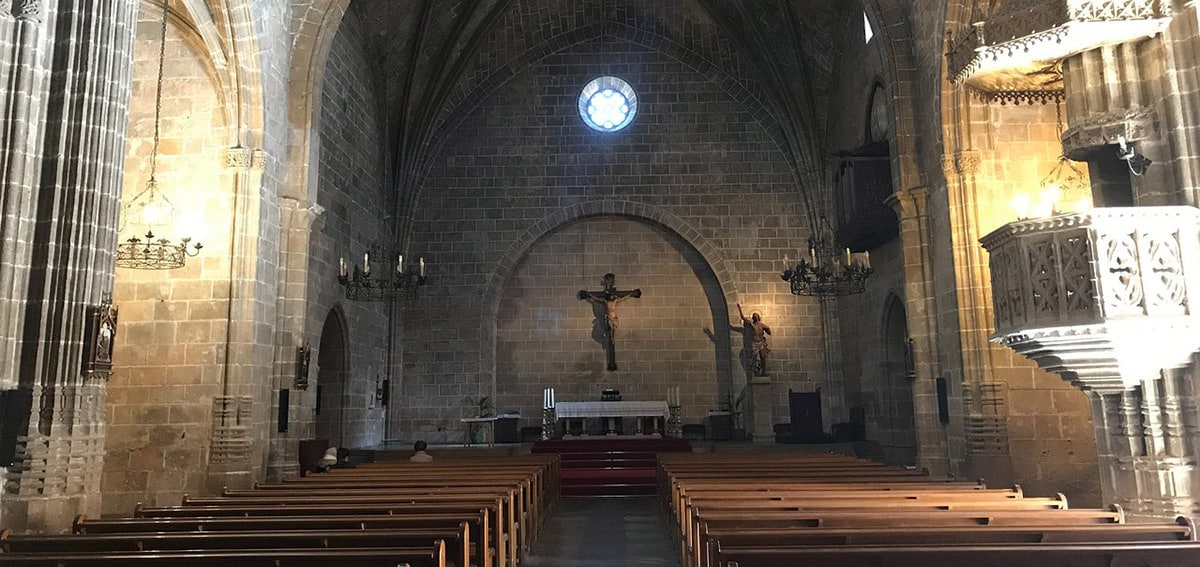
In terms of religious buildings, there is the previously named Church of San Bartolomé, a National Historic-Artistic Monument since 1931. It is considered a fortress because it was also expanded to defend the town from Barbary pirates, its Gothic nave with its chapels, the doors of medieval-style entrance, the double staircase that looks at the town hall, its four bells, once six or its presbytery. This church is open from 10:30 a.m. to 12:30 p.m. Monday through Friday and during the afternoons of Saturdays, Sundays, and holidays half an hour before mass.
Other churches may be the Church of the Virgen del Loreto and the Monastery of La Plana. there are also the hermitages of Santa Lucía and Santa Bárbara, the hermitage of Calvario, that of the Virgen del Pòpul, that of San Juan, that of San Sebastián and that of San Hermenegildo and San Martín. And the crosses?

There are 16 stone crosses throughout the municipality that previously served to mark its limits or the location of the temples or the old medieval doors. Today they are an Asset of Cultural Interest. The crosses, in general, were also placed in those territories that had been opportunely recovered from Muslim hands, and for this very reason many date from the time of the Reconquest.
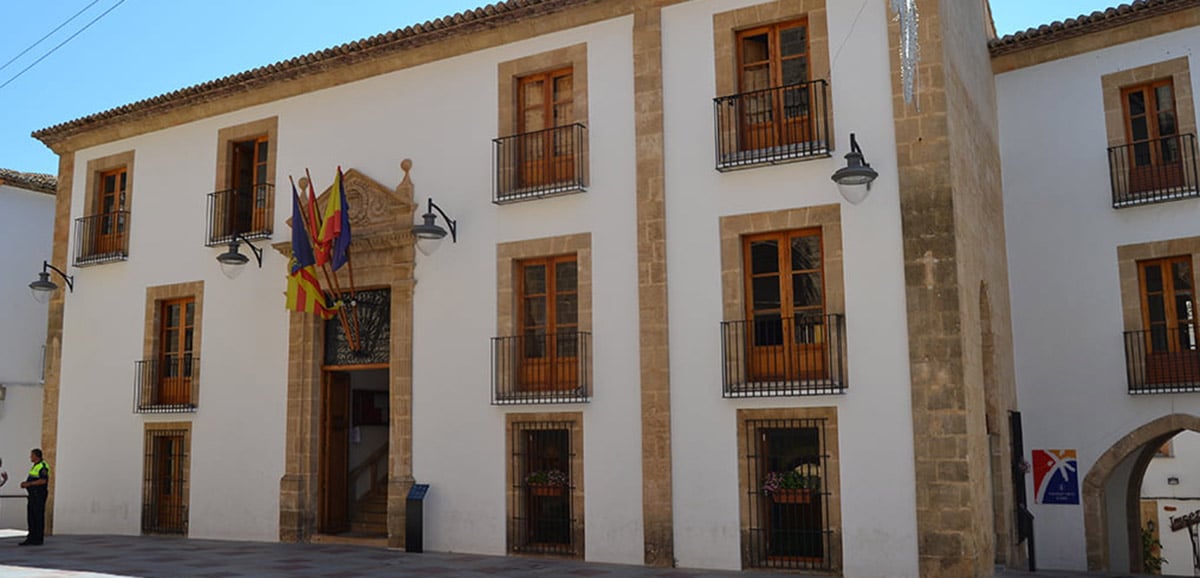
For its part, the old building of the Town hall It is in the Plaza de la Iglesia, in the historic center, opposite the side of the Church of San Bartolomé. Have a neoclassical, at least its façade, and its origins are related to the Hermitage of San Cristóbal, which is from the XNUMXth century, on an old Christian necropolis from the XNUMXth and XNUMXth centuries. On its ground floor works the Tourist Office and there you can see, through a transparent floor, the ancient tombs of Xàbia.
An interesting fact for tourists: there is a tourist train that covers the three most important sites in the municipality: the port, the Arenal beach and the historic center. If you don't drive this is a great alternative. This train It covers eight kilometers in total and has six stops.
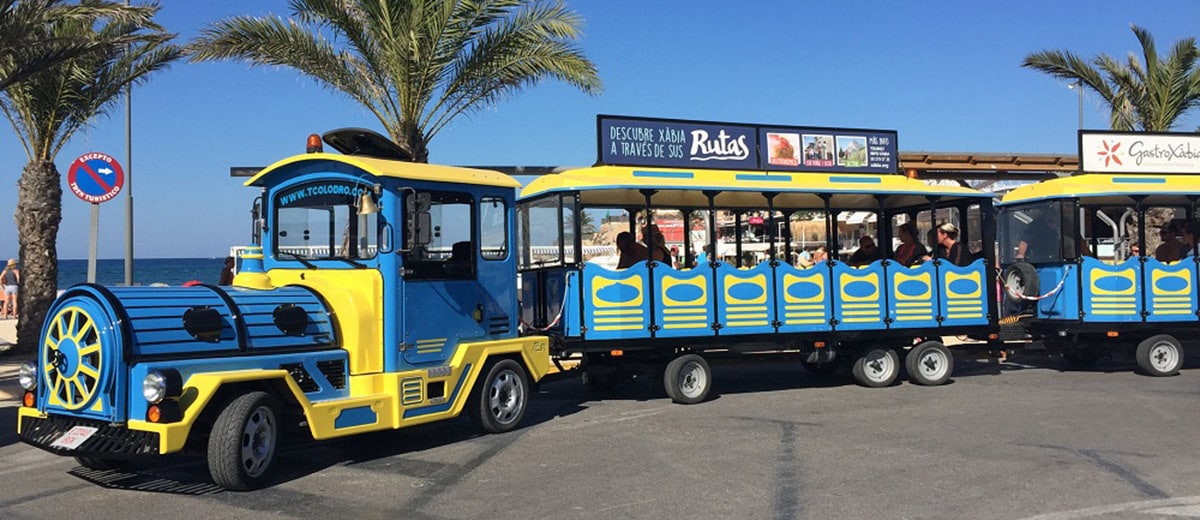
The round trip does not take more than an hour, half and half an hour, with a single ticket and operating hop on hop off In the historic center you can go up on Avenida Alicante and on the Placeta del Convent; in Port de Xàbia you get on Avenida Jaume I; At Playa Arenal there are two stops. What are your hours? It works every day from 10 am to 2 pm and from 5 to 11 pm. How much does it cost? 4 euros for adults, 2,50 euros per child, and it works in summer and on Easter and Christmas holidays.
When it comes to tours on your own you can do two interesting routes: the Route from the recreational area to Los Molinos and Route from Torre del Gerro to Los Molinos. The first is an undemanding, flat route that can even be done by bike. It starts in the recreational area on the route to the Cabo de San Antonio lighthouse and goes to the windmills. You will see the carabineros barracks, the Sanctuary of the Mare de Déu dels Àngels, really beautiful views of the bay and mountains and of course, the mills, the oldest from the XNUMXth century.
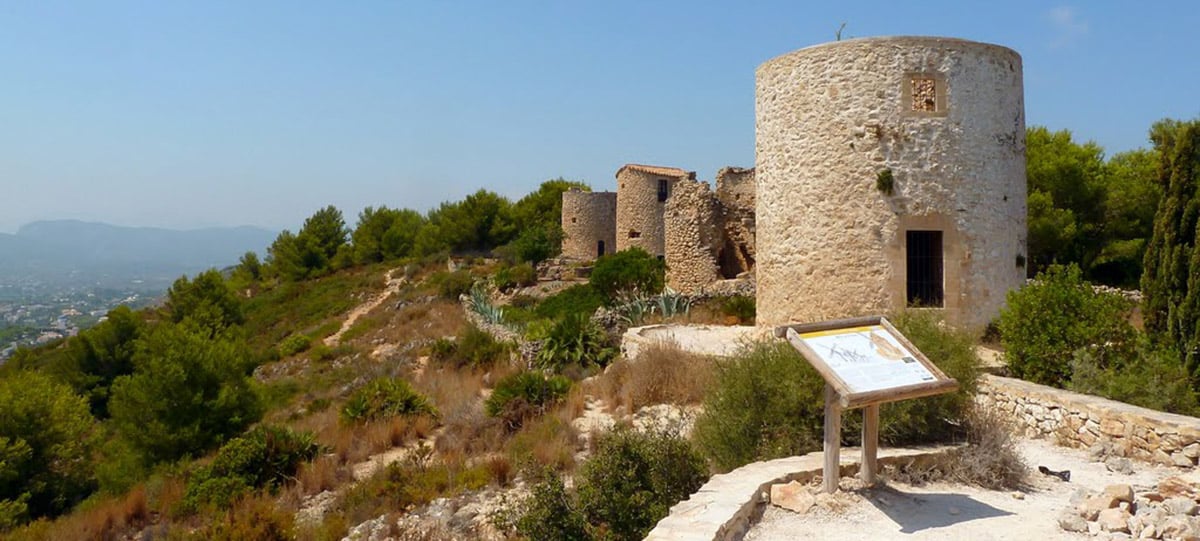
The other route is also very comfortable and runs close to the sea. It runs through the eastern end of the Natural Park and begins at Vía Láctea street. Here you can leave the car and then walk! You climb about 800 meters and rest in the Torre del Gerro, which already contemplates possible pirate attacks. Following signs along a stony path and passing through some ruins we arrive at the road to the Cape San Antonio and we continue walking until we see the mills. The total route is four kilometers and you are walking for more or less an hour.
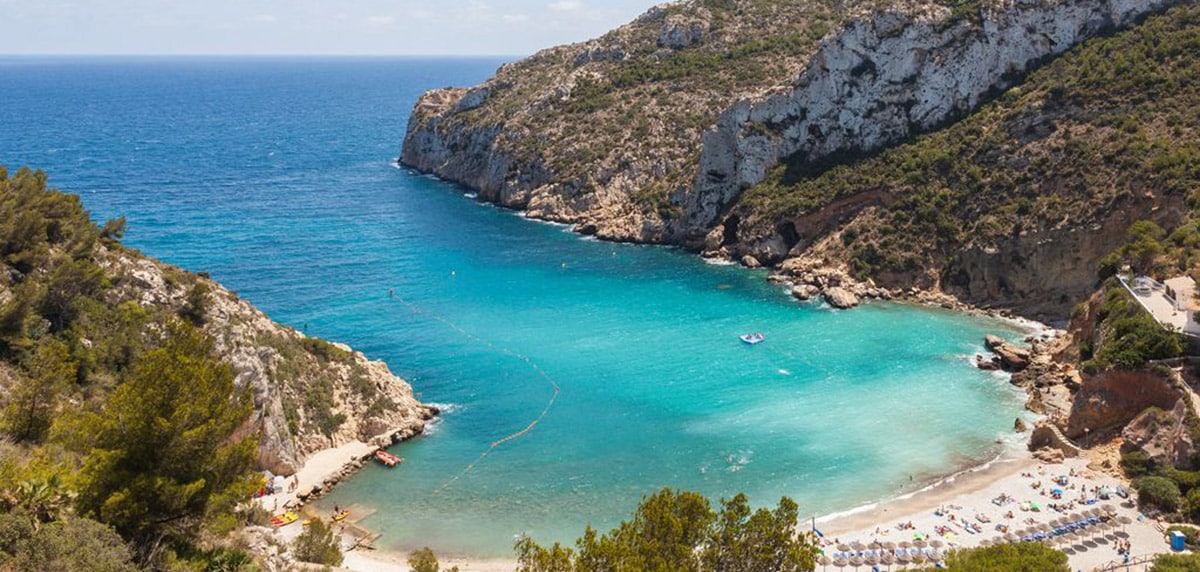
Finally, on our list of what to see in Javea can not miss the beaches and coves. The most popular is the Arenal Beach, the only one with sand in the entire municipality. It is almost 500 meters long and its waters are calm and shallow. It is in the bay of Xàbia and enjoys Blue flag. Here you can rent sun loungers and umbrellas, there is parking, toilets and many shops close at hand.
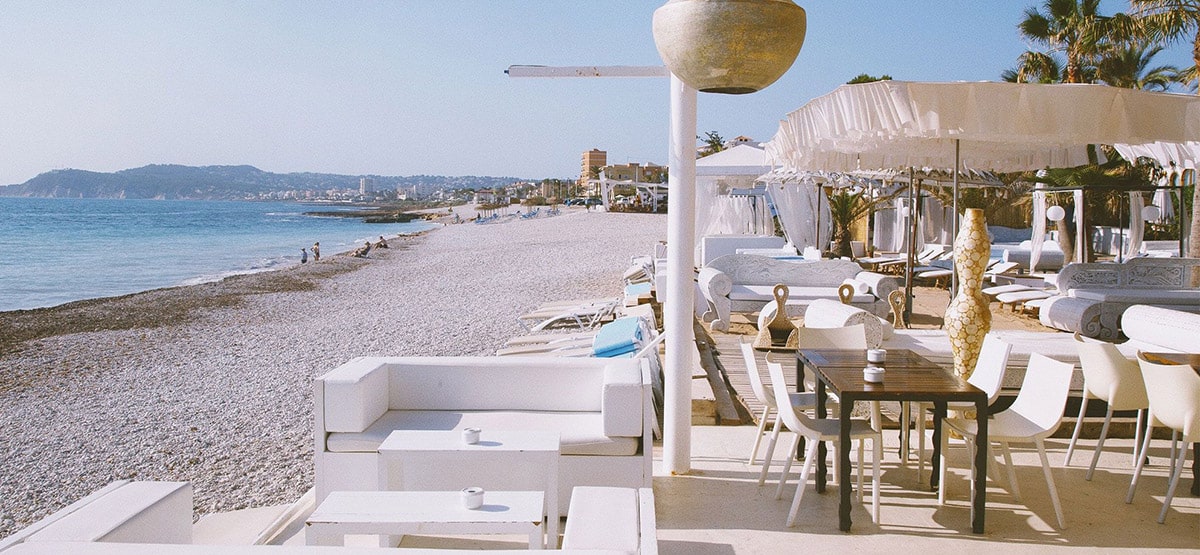
Other beaches? Is the La Grava beach, the Second Muntanyar beach, the First Muntanyar beach and some around, but the coves are also very, very beautiful: from the Tango (closed due to landslides), from French, Ambolo (also closed), Granadella, Sardinera, Barraca, Cala del Ministro or Cala Blanca.
All beautiful coves with crystalline waters located at some point of the 25 kilometers of coastline. Any unknown or not so popular cove? Well, there is the En Caló cove and the Paradis cove, both virgins and which can only be accessed by sea.
some last Practical information about Jávea:
- How to get there: from Valencia by car on the AP-7. By public transport combining train and bus.
- Where to sleep: there are hotels, hostels, pensions and hostels of different prices. In the historic center, for example, is the youth hostel.
- What to eat: well fish, shellfish and shellfish.